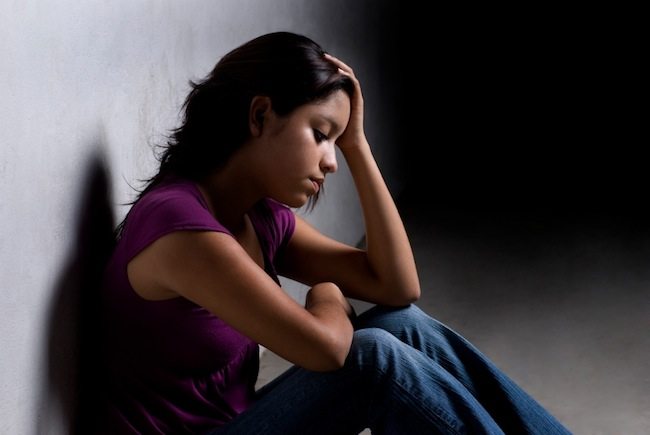
What Every Parent Should Know About Childhood Depression
A Childs brain could be one of the most enigmatic, magnificent objects that humans try to understand. Millions of neurons are created each day, brain plasticity is at its peak. And children learn thousands of novel different experiences every day, every hour, there is something new, and something they can recall or remember. The family and early experiences plays a fundamental role in the rise of depression , however in childrens depression, its role its highly magnified due to the big influence of the family in the child personality and development.
Childrens depression is a mental health disorder that is very frequent in our society, and it is rarely diagnosed by doctors. We are going to review in this article some of the dynamics of this condition and some circumstances that increases the risk of childrens depression. As in any depression or mental health disorder, there is not a single cause, but a constellation of causes and risk factors, which depending on the case, will increase the risk of depression.
Risk Factors of Childhood Depression:
As mentioned, family experiences shape the development of attitudinal, behavioral and cognitive patterns, as well as temperament or personality tendencies like extroversion or introversiom. The following is a list of risk factors linked with childrens depression.
• Presence of depression in parents, because it have been shown a genetic factor that increases the chance to develop depression at some point in life. However genetic will always interact with the environment, therefore, the depressive behavioral patterns of the parents will “activate” the way some genes related to depression influences someone behavior.
• The presence of a parent who is alcoholic or has problems with drug abuse, according to researchers have been shown to be linked with increase risk of depression
• Physical, psychological, or emotional abuse or negligence with the care, Bullying or constant aggression, humiliation, or violation of the basic human rights. This will create an emotional permanent scar in the life of any being.
• Family breakups. Divorce, separation, moving to another place, death of one of the parents or abandonment will affect the emotional stability, the attachment style and the perception of gender and role models in general
• Absence of positive affect, physical and psychological abandon. This is not always voluntary, work, diseases, there are many factores involved in being emotionally or physically distant.
• Poor nutrition, dietary deficiencies in vitamins and minerals
• Socioeconomic difficulties that might affect time or energetic inversion
Symptoms of Childhood Depression:
Childs depression generally is not an isolated condition or disorder, it is usually associated with other psychopathological conditions and with a wide range of symptomatic manifestations. In children below 7 years old the most frequent symptom is anxiety. They can show either irritability, tantrums, spontaneous crying, somatic pains(head or abdominal pain), loss of interest for playing, fatigue or motor agitation. They can also display symptoms such as a failure to have an appropriate weight according to their age, motor impairment or emotional development difficulties.
In Children depression is often associated with anxiety disorders, school phobia, bullying,violence and agressin or enuresis(wetting the bed constantly) or difficulties controlling the sphincters.
In sum, childs depression affect the global functioning of the person, especially its hability for communicating affective content, difficulties for adapting to other peers or school and spontaneous cryings or tantrums without explanation.
Sources
David C. R. Kerr, Ph.D., Lee D. Owen, B.S., Katherine C. Pears, Ph.D., and Deborah M. Capaldi, Ph.D. “Prevalence of Suicidal Ideation Among Boys and Men Assessed Annually from Ages 9 to 29 Years.” Suicide and Life-Threatening Behavior. August 2008 38(4): 390-401.
Daniel N. Klein, Ph.D., Stewart A. Shankman, Ph.D, Suzanne Rose, M.A. “Dysthymic Disorder and Double Depression: Prediction of 10-Year Course Trajectories and Outcomes.” Journal of Research Psychiatry April 2008 42(5): 408-415.
Depression Resource Center. FAQs on Child and Adolescent Depression. The American Academy of Child and Adolescent Psychiatry.










